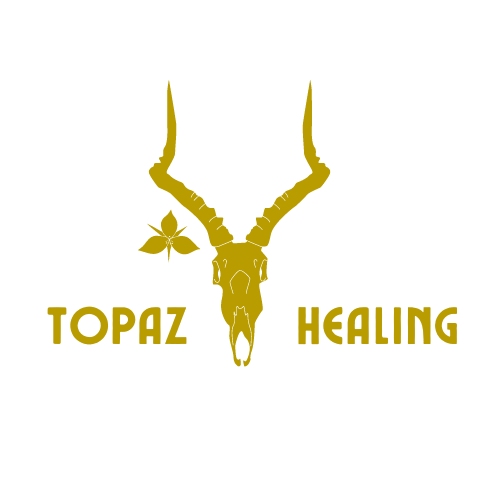Somatic Practice Terms
Ahead of Floating the River: A Somatic Practice Group beginning in September, I wanted to share some terms we may encounter while in practice together. If deepening your connection with or exploring these terms in the community sounds nurturing, I invite you to visit the link above to learn more.
somatic practice - While my understanding of somatic practice is ever-shifting + deepening, I will say in short, somatics is a way of organizing + understanding our felt sense of aliveness. Somatic practice is innate and has been present in every culture throughout time. The root word ‘soma’ finds its origins in the Greek language, meaning ‘body.’ The term somatics was coined in the 1970’s by a western philosopher named Joseph Hanna, however - the practices in which Hanna built his reputation on finds its origins in many different cultures, traditions and places that have been overshadowed by white dominant culture. Somatic practice today often refers to engaging with one’s felt sense with the intention to embody the whole self. In my work with somatic practice, I also include an ecological perspective, where the land on earth and the human body are deeply interconnected mirrors of a greater functioning body.
trauma - an experience where an imbalance of power that threatens a person’s access to safety, choice or autonomy. In this state, our nervous system will often default to a autonomic survival response. The buzz around trauma is a rapidly evolving topic in our culture, branching off into many different takes about what consitutes or trivializes trauma. From my perspective, I see trauma as an innate part of nature’s rhythms, found in an infinite amount of forms through out the earth (and beyond). What creates the experience of trauma + its impacts are deeply personal and real. In much of western culture, we have become disconnected from the rituals and practices that support us with integrating traumatic experiences.
polyvagal theory - the polyvagal nerve is positioned just above the spinal cord and connects to our brain. this nerve is the longest nerve in our body, serving as the highway for sensory information throughout our body. it is thought to be incredibly responsible for identifying cues of safety and threat. Getting connected with these cues and bits of information can be incredibly helpful in healing from trauma.
parts work - through the lens of ‘parts work,’ we see the human psyche as made up of many parts, largely influenced by our unique lived experiences (individual and intergenerational). We can relate to these ‘parts’ of ourselves as inner children or family members. Our parts develop and grow during different times of our life, usually coming in to serve a purpose or to keep us safe. Sometimes these parts can take on a leadership role, rather than a community role - often leaving us feeling fragmented and emotionally torn. Through parts work, we collaborate with the different parts of ourselves to create more integration.
shadow integration - through a similar lens as parts work, shadow integration refers to meeting the parts of ourselves that we may feel especially guarded of. By illuminating and building tolerance for facing the parts of ourselves we’d rather the world never meet, we are practicing a sort of integration. In this integration, we may begin to feel into the ‘whole’ of ourselves - tapping into the resources of our entire being as a way to navigate life’s greatest difficulties.
trauma memory reprocessing - some find the unburdening process of sharing their story of trauma with another. Trauma memory reprocessing is a therapeutic approach that relies heavily on piecing the story of trauma together in a way that feels more tolerable to hold in our brain and memories. One popularized trauma memory reprocessing approach is known as Eye Movement Desensitization and Reprocessing (EMDR). While this approach does have the potential to interweave with parts work and somatic practice, it relies heavily on cognitive ways of processing trauma.
mindfulness-based - the present is truly what we have and where we are able to be most effective in our healing process. By being exactly where we are in this moment, we can find our footing to explore parts of ourselves that have felt like forbidden territory. Having a mindfulness-based approach in therapy can offer us a moment of ease where we can tend to our present moment experience.
attachment style - the way we learn to feel safe in the world begins with how safe others kept us. Attachment styles are reflective of how seen, cared for, and attuned we were with our caregivers. Attachment styles are flexible and overlapping, they are not a fixed way of living in the world. Our security in relationships can grow stronger over time.
systems - small, medium, and large entities that influence the ways in which we are allowed and able to move through the world. Some examples of systems can include family, race, government, culture, ancestry, class, religion, community, media, and health care. Have you noticed how very few of these systems leave us with a strong feeling of safety + grounding? Together we will zoom in and out of the direct experience and the collective experience to understand where our voices lie.
felt sense - the felt sense is our ability to engage with our senses. Sight, touch, taste, smell, hear. In addition to our familiar 5 - we can also tap into our interception, neuroception and proprioception. Interoception is our ability to feel into the sensations inside of our body - tight muscles, rumbling stomach, beating heart. Neuroception is the practice of sensing into our environment’s safety. Neuroception is a consistent monitoring of changes in our environment that on an autonomic level, communicates to our system how to maintain safe in our environment. Proprioception is the ability to feel into the energetic field around us - the awareness and sense of where we are in time and space.


